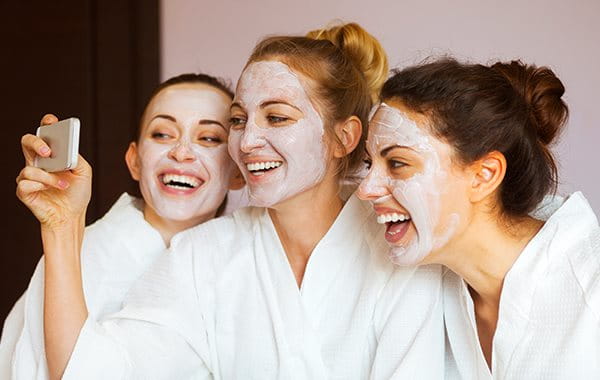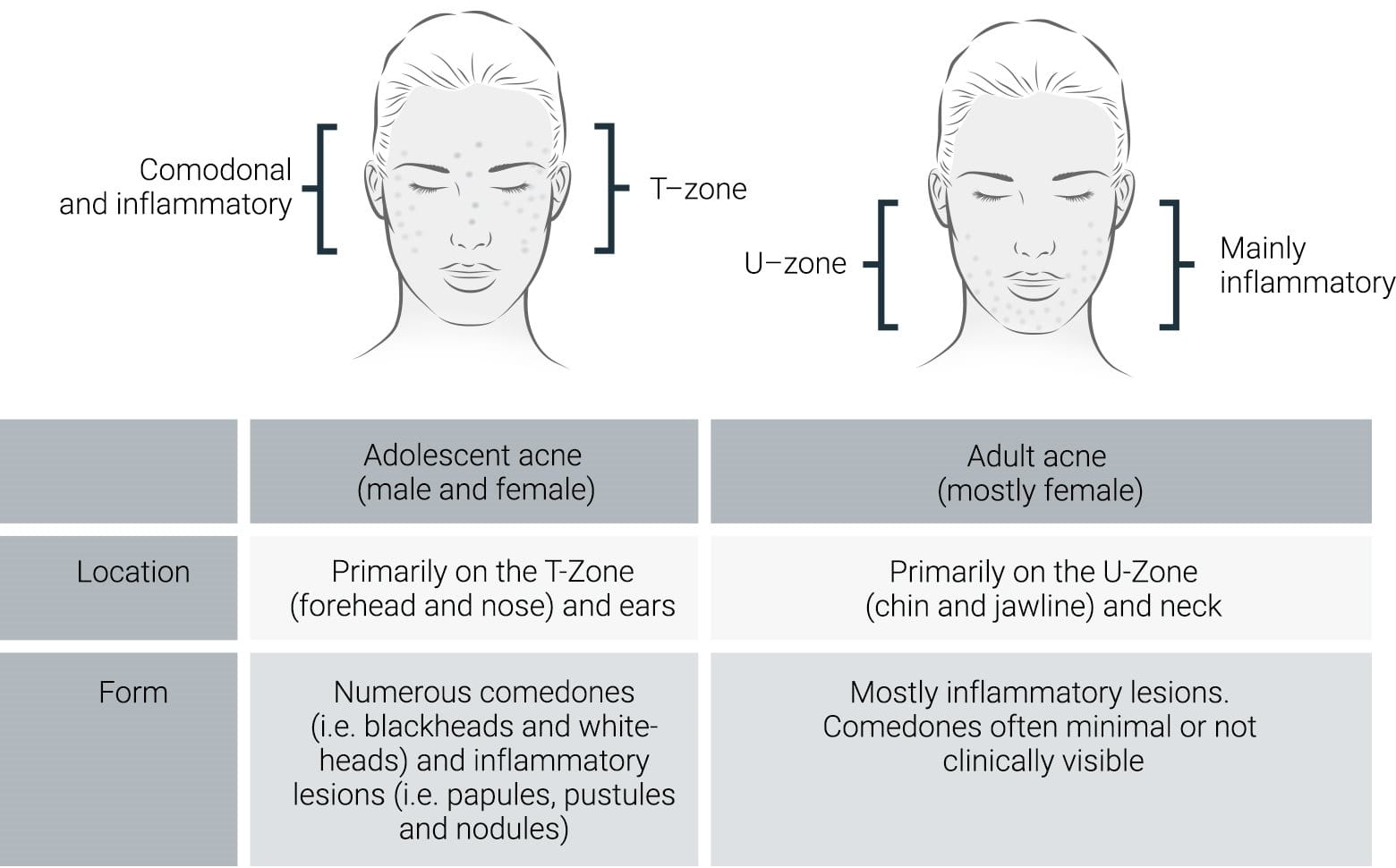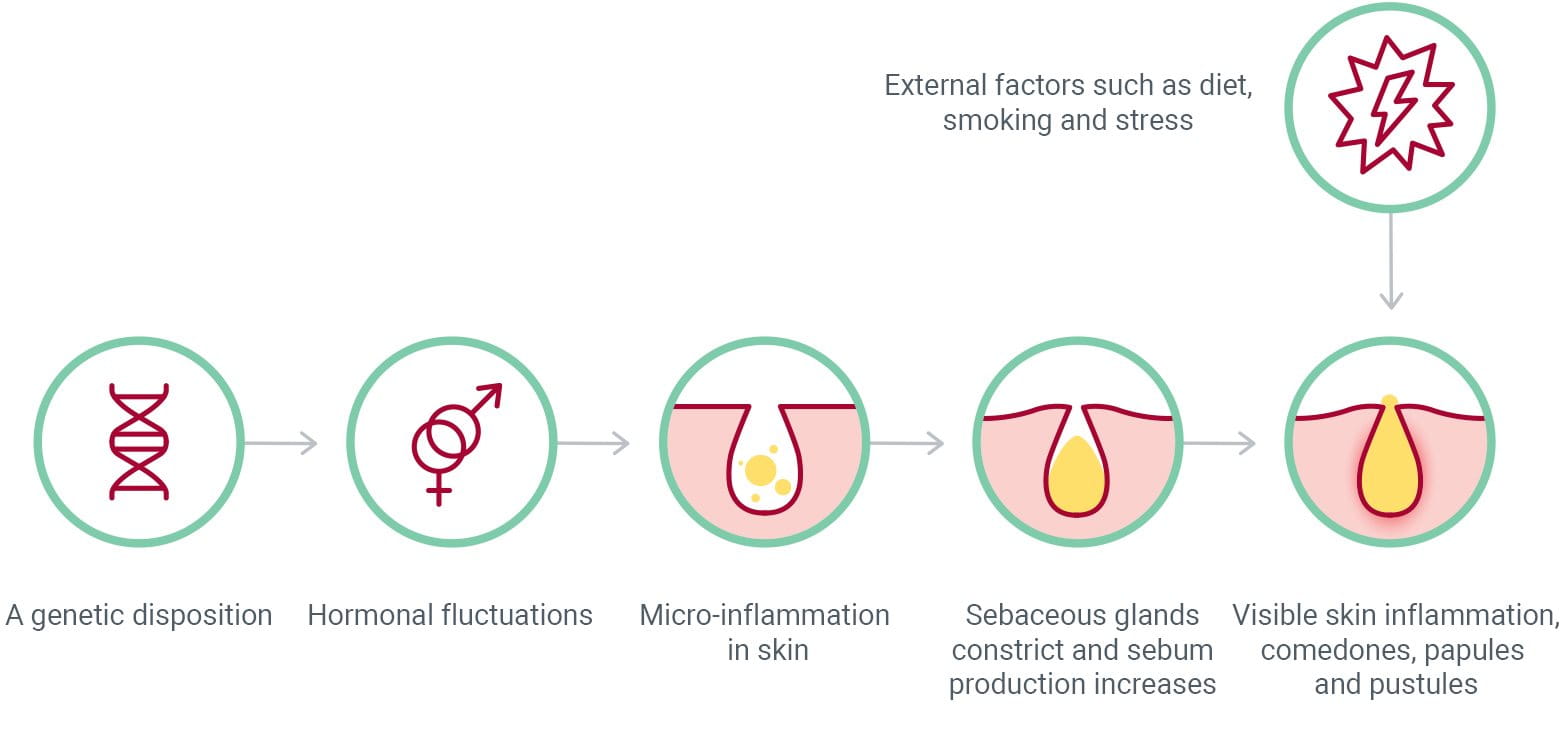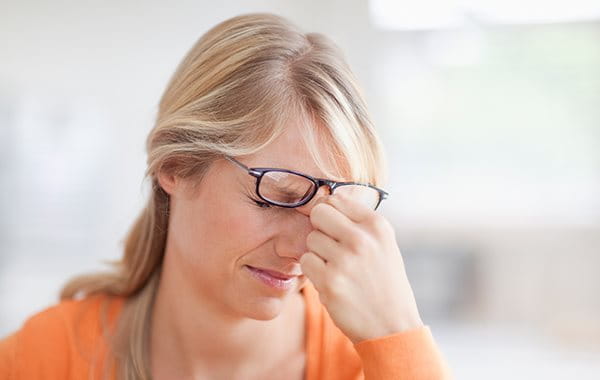Having acne as a teenager was one thing, but you thought you’d grown out of it. And now those pimples are back again.
It may seem unfair, but adult acne is more common than you think. This article looks at what causes and triggers it to help you get to the root of the problem. You can find out how to care for your skin Which skincare products and routine are best for acne-prone skin?
Adult acne: a common problem

You may find it reassuring to know you’re not alone.
Acne isn’t just for teenagers. Experts estimate that up to 40% of adults over the age of 25 have blemished, acne-prone skin1 and that 75 - 85% of them are female2.
Adult acne (also known as Acne Tarda) is particularly common amongst women who have taken the pill since the onset of puberty and come off it to try another method or start a family. Soon after they stop taking the pill, blemishes appear.
The symptoms of adult acne are usually only mild to moderate, but those who experience blemishes when they’re over 30 suffer just as much − if not more − than younger patients. The reasons are clear: teenage pimples are annoying, but are considered completely normal. Society expects you to have grown out of acne by the time you’re an adult, and can judge you if you still have spots.






